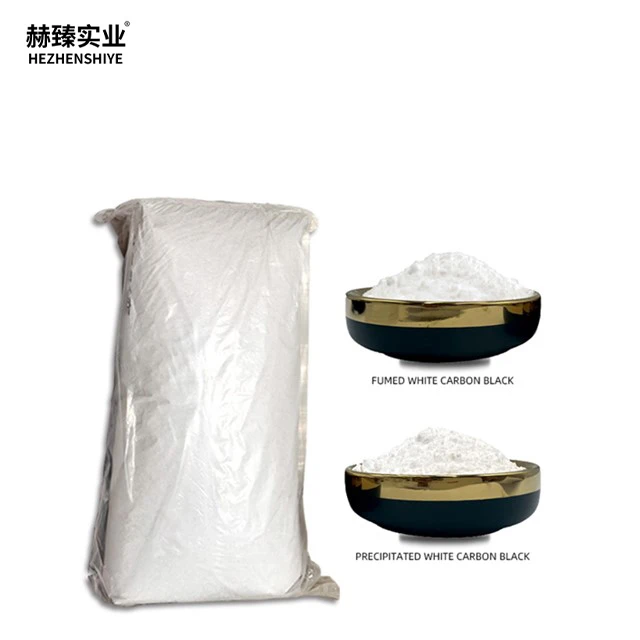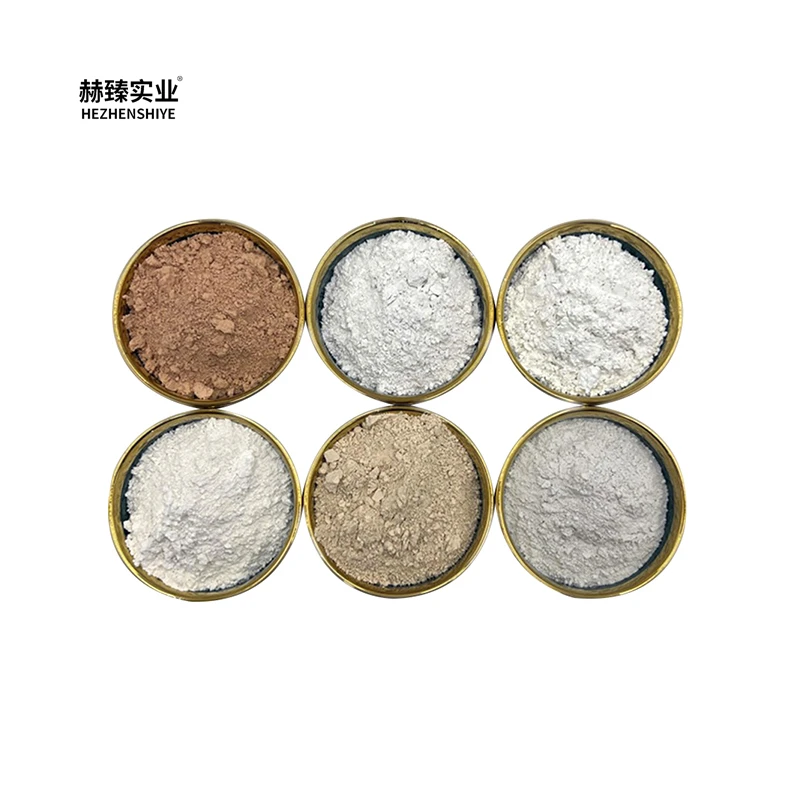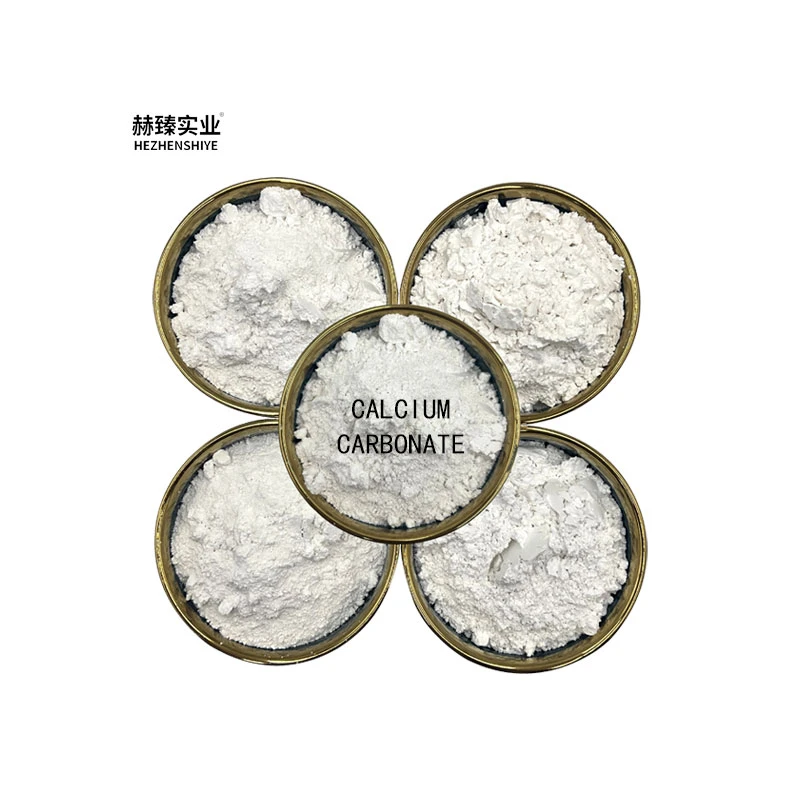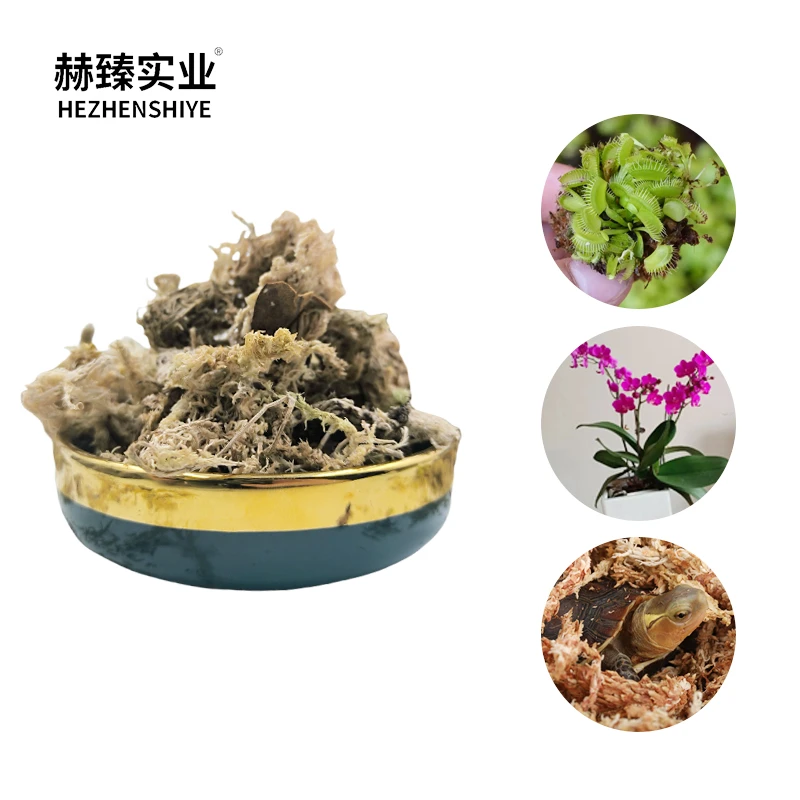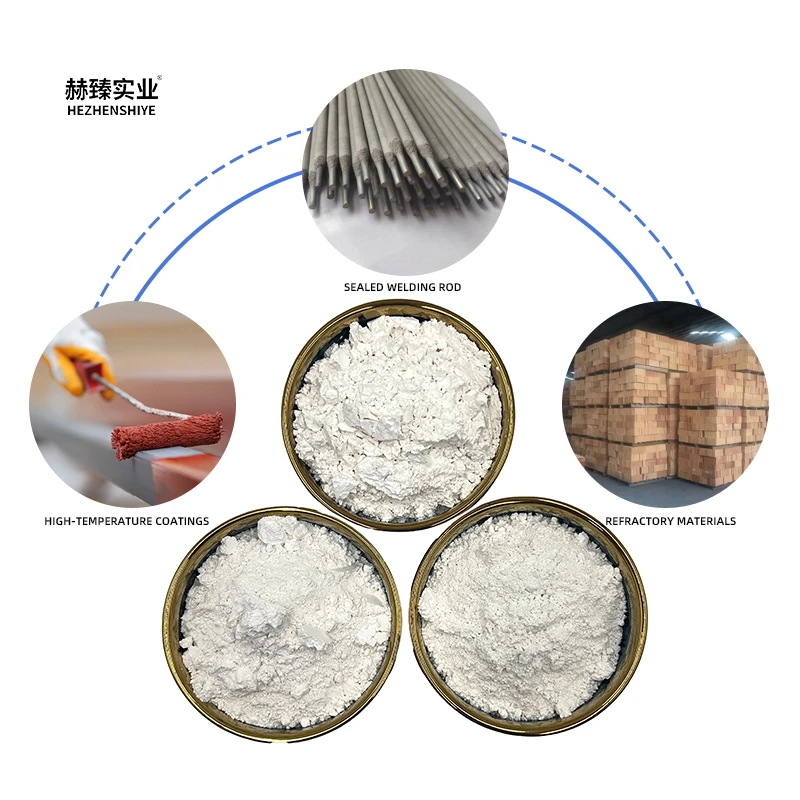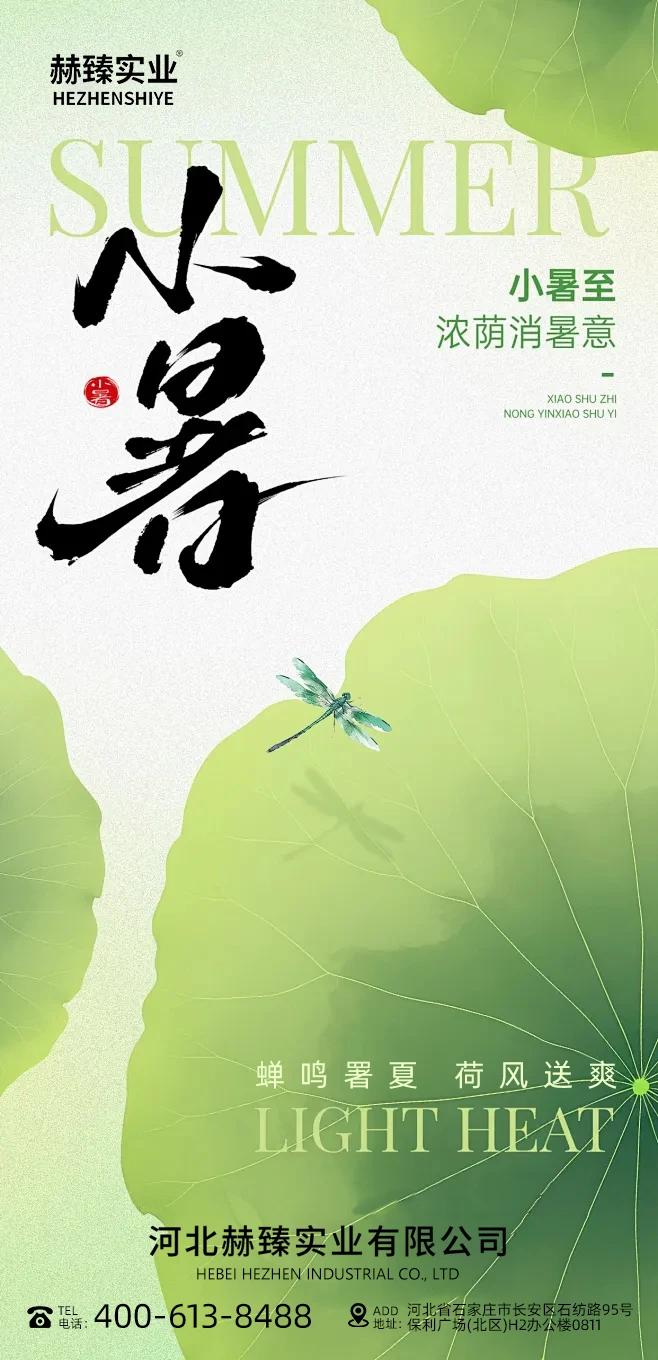- Introduction to iron oxide red e172
and related compounds - Technical Strengths and Unique Advantages in Advanced Applications
- Comparative Manufacturer Data for iron oxide pigments
- Customization Options: Meeting Industry-Specific Demands
- Real-World Case Studies of iron oxide red e172 Implementation
- Safety, Sustainability, and Regulatory Insights
- Conclusion: The Expanding Landscape of iron oxide red e172 Applications

(iron oxide red e172)
Introduction to iron oxide red e172 and Pigment Innovation
Iron oxide red e172 stands as a trusted coloring agent recognized for its vivid hue, stability, and compliance with international standards in food, pharmaceuticals, and cosmetics. Alongside iron oxide yellow e172 and black iron oxide e172, these pigments are widely used due to their non-toxicity, high tinting strength, and resistance to acids and alkalis. Their chemical structure primarily consists of iron(III) oxide, lending superior color consistency and safe integration in a variety of formulations. As the demand for natural colorants increases globally, iron oxide-based pigments are regularly chosen to replace synthetic dyes. This pivotal shift is reflected in a 2023 market research report, showing a 7.2% compound annual growth rate (CAGR) in the iron oxide pigment sector worldwide, reaching an estimated market value of $2.1 billion by 2026.
Technical Strengths and Unique Advantages in Advanced Applications
Technical superiority is a driving force behind the popularity of iron oxide pigments. Key attributes include lightfastness of over 8 (Blue Wool Scale) and a heat stability threshold surpassing 500°C, making them suitable for high-performance industrial coatings, plastics, and construction materials. The particle size of red iron oxide e172, averaging between 0.09 and 0.15 microns, ensures intense, uniform coloration with minimal pigment loading—translating to savings in production cost and improved process efficiency. Moreover, these pigments perform with less than 0.5% water solubility, reducing the risk of migration in sensitive pharmaceutical and food contact applications. Equally impressive, iron oxide yellow e172 excels with distinct chromatic properties (CI Pigment Yellow 42), and black iron oxide e172 delivers optimal opacity and depth. Modern synthesis processes, such as the Penniman-Zoph method, enable manufacturers to achieve nearly 99% purity, further boosting their suitability for applications demanding safety and regulatory compliance.
Comparative Manufacturer Data for iron oxide pigments
Awareness of manufacturer performance is crucial for procurement teams aiming to maximize supply chain value and unlock process efficiencies. The following table showcases a side-by-side comparison of leading suppliers for iron oxide-based pigments, focusing on purity, particle size, and regulatory certifications, offering quantifiable insight into quality differences.
| Manufacturer | Product | Purity (%) | Average Particle Size (µm) | Key Certification | Annual Capacity (MT) |
|---|---|---|---|---|---|
| BASF | Red E172 | 98.9 | 0.13 | FDA, EU E172 | 320,000 |
| Lanxess | Black E172 | 99.2 | 0.11 | ISO 9001/14001 | 280,000 |
| Venator | Yellow E172 | 98.7 | 0.09 | EU E172, Halal | 130,000 |
| Algeria Chemical | Red E172 | 98.1 | 0.15 | FDA, Kosher | 60,000 |
Data analysis reveals consistent high purity and regulatory compliance among top firms, with slight variations in particle size that can influence product performance in fine-tuned applications. The exceptional annual production capacities demonstrate the scalability required to meet growing global needs.
Customization Options: Meeting Industry-Specific Demands
Solutions incorporating iron oxide pigments are rarely one-size-fits-all. Customization is frequently necessary to fulfill unique customer requirements across industrial, cosmetic, and food segments. For example, food-grade iron oxide red e172 can be tailored to meet specific granularity standards and moisture content below 1.0%. Cosmetic formulations frequently demand additional surface treatments to improve dispersibility in lipsticks and pressed powders. Construction product manufacturers often order customized blends to match regional color aesthetics, with rigorous control on undertones and brightness (Lab values). Black iron oxide e172 is favored in automotive plastics for its UV stability, and iron oxide yellow e172 often undergoes micronization to enhance pigment suspension in beverages. Partnerships with manufacturers yield bespoke solutions, such as sterile packaging for pharmaceutical use and eco-friendly carriers for cleaners, which demonstrates ongoing technical dialogue between producers and end users.
Real-World Case Studies of iron oxide red e172 Implementation
The impact of iron oxide pigments across industries is palpable through recent application successes:
1. Global Candy Manufacturer: Implemented iron oxide red e172 to replace synthetic dyes in a best-selling product line, enhancing consumer trust. Internal studies revealed consumer acceptance increased by 25% and shelf life extended by 16%.
2. Multinational Skincare Brand: Adopted micronized iron oxide yellow e172 in sunscreen formulations to see a 12% improvement in UV protection ratings, while maintaining hypoallergenic profile standards.
3. European Cement Producer: Utilized black iron oxide e172 for eco-friendly colored pavement, realizing annual pigment usage of 4,500 metric tons and compliance with Eurocode EN 197–1. The result was a noticeable reduction in carbon emissions and increased asset longevity.
These outcomes underline the versatility and increasing relevance of iron oxide pigments in market-shifting innovations.
Safety, Sustainability, and Regulatory Insights
Compliance with rigorous food and pharmaceutical safety standards makes iron oxide pigments the preferred choice for global manufacturers. Supported by Joint FAO/WHO Expert Committee on Food Additives (JECFA) recommendations and strict EU E172 approval, iron oxide red e172, yellow, and black variations offer a low migration profile, and typically demonstrate less than 0.05mg/kg acute oral toxicity. Their sustainability credentials are buttressed by abundant raw material sources and minimal ecological impact in production. Emerging closed-loop purification methods contribute to reduced wastewater output by up to 43%, setting new benchmarks in responsible manufacturing. In addition, many top suppliers now provide documentation for vegan, Halal, and Kosher certifications—helping brands enter diverse consumer markets with documented confidence.
Conclusion: The Expanding Landscape of iron oxide red e172 Applications
With its combination of proven safety, processability, and vibrancy, iron oxide red e172 continues to break new ground across diverse industrial and consumer markets. The latest figures from international pigment councils indicate a year-on-year increase of 9% in applications for food and personal care. As regulatory expectations rise and end-users prioritize sustainability, manufacturers of iron oxide pigments are positioned to offer next-generation solutions—driven by continuous investment in purity, performance, and customization. The trajectory of iron oxide red e172 and its related pigments underlines their vast potential for future-ready product innovations that align with both market demands and evolving regulatory frameworks.
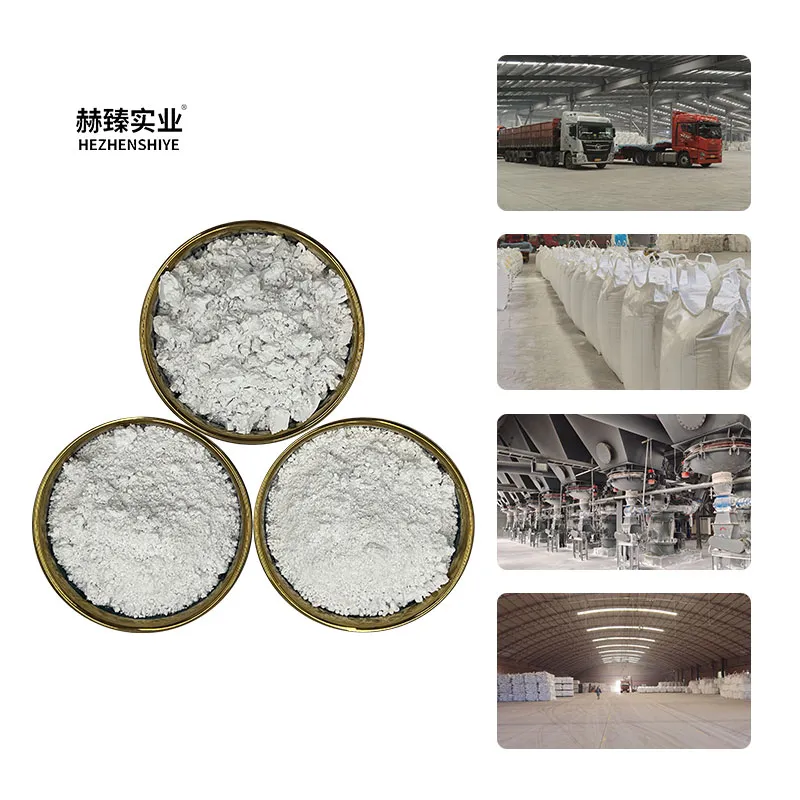
(iron oxide red e172)






